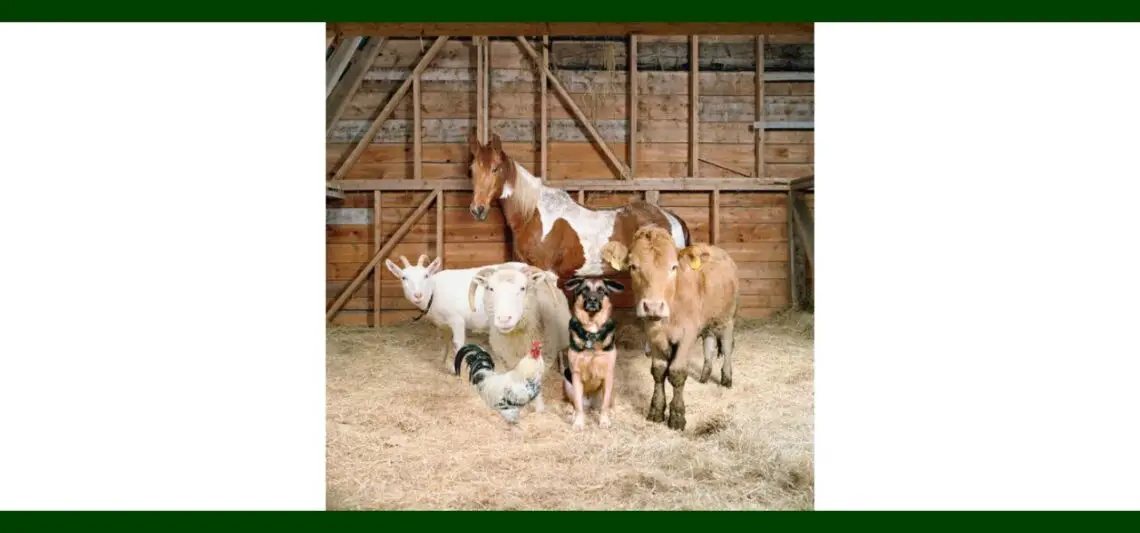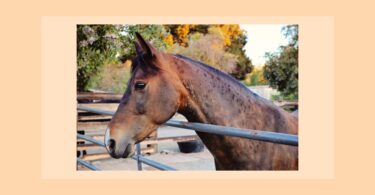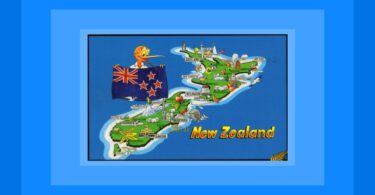Homoeopathy at Wellie Level (HAWL) was established in 2001 because several homoeopaths and homoeopathic vets felt that farmers who chose, for whatever reason, to use homoeopathy on their animals were unsupported in this effort. As a result too many were using it inappropriately, without the slightest idea of what homoeopathy really was and certainly not realising the potential it has for pro-active management rather than fire-fighting disease.
Over the last 22 years, running on a shoe string and a great deal of voluntary effort, many benefactors and some prize money from the Society of Homoeopaths, HAWL has taught around 700 farmers, conventional and organic, from all corners of Britain (and more lately worldwide via online courses), how to integrate homoeopathy into the day-to-day management of their animals.
The HAWL course is designed to take the farmer from zero knowledge up to an understanding of the basic principles and application of what we might call classical (as opposed to therapeutic) homoeopathy. We explain the principles, like cures like, minimum dose, single remedy, totality, direction of cure (don’t panic), maintaining causes (hundreds of those on the farm, diet, housing, weather etc, some removable, others not), susceptibility (breeding, time of year, weather etc.) and vital force, (getting back to normal, bright eyed and bushytailed or in farming terms, cudding, suckling etc) and bring to consciousness their deep knowledge of their own animals. The terms of those last three may be new to the farmer but the concepts are an integral part of everything they do and observe). We introduce six remedies for routine use and teach case taking for which we have produced a simple farm repertory (now translated by volunteers into French and German).
Finally we introduce the thought that the acute may have a chronic background (why some animals have the same recurring problem). Most chronic illness on a farm is understood more in terms of economics (usually not causing the animal discomfort, e.g. low yield, infertility), so culling (slaughter or sale) is the answer, but many farmers would prefer to help their animals, especially if it makes economic (the replacement costs a great deal and may not be any better.) as well as moral sense,
The end of course questionnaires and happy enthusiastic faces suggested students had learnt a lot but we had no idea how much they applied post course, so in 2008 I decided to see what effect, if any, this learning really did have. With the help of a couple of homoeopathic vets I concocted a questionnaire, in retrospect rather a long one, but I felt it was unlikely that I would get this chance again, and there were so many questions in my mind. We broke it into 4 sections:
Section 1 referred to homoeopathy as a whole. Did the farmers feel that learning the methods of classical homoeopathy had affected what they saw and what they did? Section 2 asked about general usage of remedies. In what ways did farmers use homoeopathy, which remedies, how often and with what success.
Section 3 looked at specified remedies. It was important to see if the farmers were really using the remedies in a classical homoeopathic manner, matching the symptom picture to the remedy picture, like cures like, (rather than a conventional manner, problem X needs remedy Y).
HAWL courses teach students how to look for signs and symptoms of six commonly useful remedies (their keynotes). If the respondents were using remedies in a homoeopathic manner the answers in this section should give a picture recognizable as “like” that of the remedy picture.
Section 4 farm figures before and after the HAWL course. With a degree in Agriculture from the Royal Agricultural College (RAC) one is rather geared to such quantifiable measures.
No attempt was made to remove variables or find out what other changes had taken place. A farmer is running a small experiment station every day of his or her life, and variables are the essence of the problem. Weather, staff changes, new suppliers, different feed qualities, breakdowns, new animals, new diseases and vaccine demands, new legislation, changes in prices and costs, its different every day, and it is the weaving in of homoeopathy as and when needed that offers the farmers an additional tool in the balancing act that is farm management.
A colleague and I emailed the questionnaire to all the former students we had email addresses for, lots bounced, and we spent some considerable time on the phone trying to update, a whole month’s work in itself really, farmers tend to be out most of the day, and one suddenly realized that our course has straddled the communication revolution.
Few of our earlier students had offered email or mobile phone numbers. I have no idea how many actually got the questionnaire, we reckon we sent out about 240. National statistics would suggest many of those were by then not farming at all and for whatever reason, non-receipt, time, disinclination or dissatisfaction with homoeopathy, by my March 2009 deadline only 35 had come back, many filled in haste or incompletely, but at least I had had a response.
So what did they say? Well to be honest I was startled by the unanimity of response. In brief the returns could be summarized as:
In sections 1 and 2 all farmers agreed that their observation had improved, that homoeopathy was a useful tool in farm management; almost all felt it had improved animal health; they all felt unsupported by what a study in USA called their “health care professionals”, and would really like more training.
In section 3 farmers demonstrated a classical methodology and showed they had incorporated specific remedies into their daily management.
In section 4 they offered quantifiable farm figures showing improvement since taking the HAWL course.
So it would appear that, for 35 farmers at least, the HAWL thesis that “farm animal health can be improved by farmers who understand and apply the principles of classical homoeopathy” has been substantiated. Learning that there may be a remedy to help had created a motivation and a methodology to observe closely, which in turn had improved many other aspects of management not just remedy selection.
As with homoeopathy itself, it had been the totality of the package that the farmers brought back to their farms, not the paper or the string nor the contents but the whole thing, that had helped them improve their animals’ health.
In my conclusion I wrote, “The rationale for any farmer using homoeopathy is improvement of animal health and thus productivity. Secondary effects may be reduction of chemical inputs and veterinary bills. The purpose of this study was to investigate if farmers using this tool as part of the overall management strategy had found it useful, had found it improved animal health and if, indeed, they were using the methodologies of classical homoeopathy in remedy selection (as opposed to simply buying and using diluted and succussed products without reference to the concept of like cures like)”.
That was 2009. Now, 15 years and another 500 farmers later, it would be interesting to do the same survey again. Any volunteers?
I created HAWL in 2001 and I run it as a volunteer, convinced that farmers still need this additional tool but that the course fees need to be very low so that farmers running their own small family farm can afford to attend. We have only been able to achieve this because of generous donations, initially from His Majesty King Charles 111, then HRH The Prince Of Wales.
We do still need those benefactors. While the fees we charge the farmers cover the cost of running the course, they do not cover all those administrative costs without which the courses would not run. Now, aged 80 and no longer so energetic, I need more benefactors please, to pay someone else to do what I have done, (unpayed but hugely rewarded in a miriad of other ways), and ensure continuity.
It has been a wonderful 22 years, beginning in 2001 with an audience in the garden at
Highgrove to explain my ideas to His Majesty King Charles 111, then the Prince Of Wales. Such a privilege. I and our teachers have been invited to the House of Commons, to conferences in UK, South Africa and Cape Town and taken stands at Agricultural shows all over the UK. And of course, I have met and talked to so many farmers, at the shows and on the courses, met their good natured scepticism, “Eh lass, homoeopathy for cows, don’t be daft” and seen their joy when they find how their own professional skills, so much dismissed by vets and salesmen, can be used to help their own animals.
One comment from a HAWL farmer epitomizes that feeling:
You look more carefully, you start looking at the ‘why is this happening’, and it’s that feeling, you have done something, you’ve either saved a life or made its life better or the quality of the cure, whatever you have done with that animal YOU have done it.
I have made lots of new friends and met some wonderful people. It’s all been a huge learning process (how to create a registered Not for Profit Company being one) and a wonderful team effort, the original HAWL teaching team spending many voluntary hours together discussing what and how best to teach and agreeing on party lines such as dosing and how to make it all simple to comprehend but at the same time comprehensive, showing that homoeopathy is a vast and well documented therapy with its own rules.
In 2010 I collected comments from about 50 farmers to put into a newspaper titled “This is Farm Homoeopathy” because, to be pedantic, it isn’t veterinary at all.
This type of on-farm work might better be seen as agricultural as it becomes the realm of the farmer, the keeper of the animal rather than the vet.
When HAWL first began we were setting out, not to take the place of the vet on the farm but because we felt that if the farmer understood a bit about the basics he or she would have another tool to incorporate into the health management strategy, (as opposed to disease control) as and when they thought they were competent. We wanted them to know how to use it responsibly, accurately and according to its own rules.
Over the years there is undoubtedly a sea change in the attitudes the students bring. Until about 5 years ago they were still sceptical, often a bit sheepish, even embarrassed to be seen at something so “pink and fluffy”, seemingly alien. Their vets would be (and mostly still are) disparaging and unhelpful.
One student, going on to train as a homoeopath, found, in her own research, the frustration farmers felt at the attitude of their own vets. Any improvement from antibiotics was a result of the vet’s prescription, any from the farmers’ use of homoeopathy a coincidence.
More recently, while the vets remain antagonistic, the farmers come wanting simply to learn about this tool, open minded, looking for alternatives and understanding the concepts quicker. It is all much more in tune with how they want to farm.
HAWL was named with tongue in cheek, to bring a smile and keep agricultural. I had no idea that the acronym is the epitome of what we teach. During a course held in Wales I was told that in Welsh “hawl” means a rite of passage, of having earned the right to something, which really is why we began HAWL in the first place. Don’t faff around with homoeopathy, use it properly or not at all, but boy when you do, what a powerful tool it can be.
I leave you with a recent email from an online student:
I want to sincerely thank you for the course, I’ve learned more about animal health, treatments, and most of all animal observation in the last 7 sessions than I’ve learned in the last 10 years of farming.
I’ve finally got an understanding as to why some animals have reoccurring symptoms but more importantly, I now know how to treat these cases. It’s been an eye opener and I’m looking forward to gaining more knowledge and confidence along the way.
I was at the stage on the farm where antibiotics were like a double edged sword, a quick mask of the problem but eventually the symptoms would reoccur and it would take a longer course to cure and eventually there would be no response to the antibiotics.
I’m so grateful for having the chance to take part in the course because I can now take what I’ve learned and put it into practice knowing I’ll have a healthier happier herd and a healthier product leaving the farm. And hopefully a little more money in my pocket too.
For more information about farm homoeopathy and HAWL please have a look at





